"Associations of Suicide Survivors in Spain: Mapping and Promoting a Therapeutic Imaginary"
Authors of the research: Castillo Patton, Andy Eric
Suicide in Spain, beyond its statistics and well-known public issue, leaves a trail of suffering that is often indescribable for those who witness it. This aspect, the pain of survivors, namely, family members, friends, and acquaintances, is one of the dimensions addressed by suicide postvention. With a clear therapeutic foundation and purpose, postvention represents a key aspect in suicide and self-harm care, as indicated by the World Health Organization in various strategic documents (PAHO and WHO, 2014). Additionally, as internationally renowned authors like Karl Andriessen (2009) estimate, postvention not only provides social and psychological support to those affected by suicide but can also be the beginning of active prevention efforts.
In this regard, the present research focuses on identifying one of the less explored dimensions of postvention, at least in our country: the field of survivor and/or suicide-affected associations. Being a key aspect of comprehensive suicide care, according to both WHO and international organizations (WHO & IASP, 2008), survivor associations are identified based on their civic-therapeutic potential. This implies, on one hand, their foundation as spaces for therapeutic encounters following the semi-autonomous model of Mutual Support Groups (MSG), which have a long history and clinical experience. On the other hand, survivor associations can be seen as places of civic significance for suicide, i.e., for the public recognition of its issue. This latter aspect, by definition, calls for a political problematization of suicide as a matter beyond Public Health, situating it as a cross-cutting problem in need of active government and societal participation. This means, as observed in this study, that these associations play a crucial role in raising public awareness and visibility of an issue traditionally considered private, turning it into an undeniable public problem. In other words, shame should not be kept within families, but it is institutions that should be ashamed. However, the difference between these associations and the definition of social movements is that their presentation to society represents not so much an act of protest (as seen in the exclusive example of "Stop Suicides") but an invitation to collective and individual healing. In this sense, through the iconographic analysis of visual material and online discourse projected by survivor associations in Spain, there is a strong mobilization of a series of metaphors, symbols, and therapeutic discourses through which these groups are identified as "sanctuaries" or "refuges." Therefore, this research provides not only an updated mapping (as of December 2022) of the survivor associations and platforms currently existing in Spain (in addition to professional associations like the Papageno network, Aidatu, Liana, etc.), but also focuses on analyzing the complementary importance of their therapeutic work, often carried out without public support. In this regard, the power of symbols allows us to identify a series of key aspects for understanding suicide and its postvention, which are often overlooked by public administrations and much of clinical practice
References:
Andriessen, K. (2009). Can postvention be prevention?. Crisis, 30, 43-47. https://doi.org/10.1027/0227-5910.30.1.43
OMS & IASP (2008). Preventing Suicide How to Start a Survivors’ Group. Geneva: WHO Press.
OPS & OMS (2014). Prevención del suicidio: un imperativo global. Geneva: WHO Press.
Original paper:
Castillo Patton, A. E. (2023). Imágenes de la postvención del suicidio en España: metáforas, símbolos y discursos terapéuticos en las asociaciones de supervivientes. Revista Española de Sociología (RES), 32(4), a194. https://doi.org/10.22325/fes/res.2023.194

